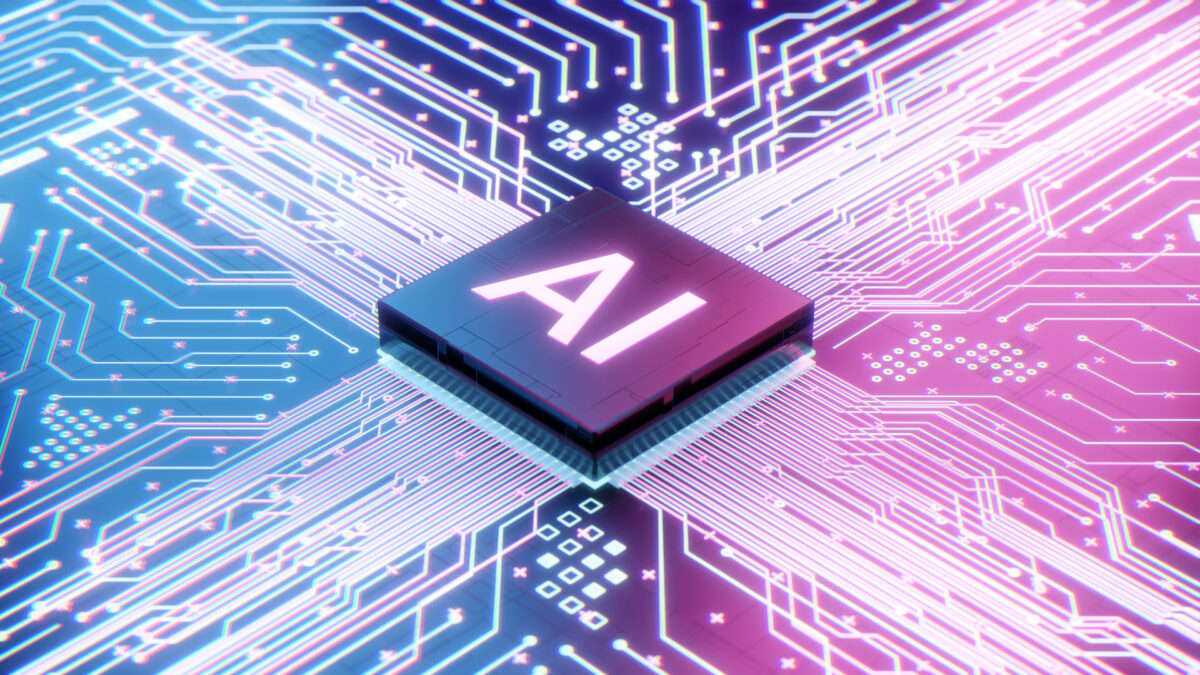When AI creators are mostly men, there’s a danger that bias will disadvantage women. Here’s how one group is preventing this.
QUICK TAKE
- Women in AI (WAI) is working to reduce the risk of bias by helping women and people from minority groups to join AI engineering teams.
- The organisation’s Asia-Pacific (APAC) awards recognised excellence in AI across a wide range of categories.
- Dr Petra Kuhnert, who received two awards, talks about her work and her wins.
By day, Angela Kim is head of insights, reporting and data analytics and AI at health insurance provider AIA. In her free time, she volunteers as ambassador and chief education officer at the not-for-profit Women in AI (WAI).
Launched in Paris in 2016, WAI has grown from a small Facebook group into a community of more than 8000 members in 140 countries. It has a mission to help women and minorities to become experts in data and AI.
“This isn’t just a question of fairness or equal opportunity,” says Kim. “Diversity can help reduce human bias in the algorithms that are embedded in services and products. AI systems are automated and technology based, but they learn from the examples they’re given. That’s where bias can creep in.”
This can disadvantage women. For example, a study by University College London researchers found that AI models built to predict liver disease from blood tests are twice as likely to miss the disease in women as in men.
Bias can also discriminate against race. Self-driving cars must learn to recognise everything they need to avoid, including people. However, researchers from Georgia Institute of Technology found that some had been exposed to roughly 3.5 times as many people with light skin than dark skin. As a result, they were consistently better at identifying – and potentially steering clear of – pedestrians with lighter skin.
“A diverse team can help to mitigate bias by including different experiences and perspectives,” says Kim. “At the moment, only 16% of machine learning engineers are women. At WAI we believe the teams creating AI algorithms should represent society as a whole.”
Frida Polli, CEO and co-founder of US firm Pymetrics, told Fortune’s Most Powerful Women Next Generation Summit in 2019 that AI is being built by a very homogenous group.
“Can you imagine if all the toddlers in the world were raised by 20-year-old men?” she says. “That’s what our AI looks like today.”
Getting the message across
WAI uses education, research, events and blogging to encourage women of all ages to embrace AI.
“We tailor education for different groups,” says Kim. “For example, we run three-hour workshops for university students from all disciplines, not just STEM [science, technology, engineering and mathematics] subjects, to help them understand the practical applications of technology and data. And, just before COVID, we ran an AI camp for high school students from low socio-economic areas. They were excelling in STEM subjects but had no exposure to coding. They learned very quickly they really enjoyed what they were doing – they just needed the opportunity.”
Events run by WAI include international and local hackathons.
“WAI is community driven and collaborative,” says Kim. “In 2021 we brought talent from all of our neighbouring countries together for an APAC Hackathon and we saw some very impressive ideas. One app was designed to support isolated senior people through natural language communication in their own first language. Another can analyse how people learn, identifying their strengths and weaknesses to enable personalised learning. There was also an app to help communicate and prevent domestic violence.”
Celebrating excellence
WAI also holds awards nights around the world. The WAI APAC Awards 2023, held at the Art Gallery of New South Wales last June, recognised excellence in categories such as AI in education, climate, cybersecurity and social good. Dr Petra Kuhnert, associate science director for university engagement and senior research scientist at CSIRO’s Data61, received awards for first runner-up Innovator of the Year and winner of the AI in Environment and Biodiversity award.
“I love working on data-driven AI solutions to solve real-world problems, particularly those of an environmental and agricultural nature,” she says. “I was really surprised and very, very humbled to have my work acknowledged.”
Kuhnert and her team spent 15 years developing packages, methods and tools to investigate pollution in the Great Barrier Reef. She has now moved into the agricultural space, where she is developing an AI agronomist.
“This is a tool to help farmers obtain the maximum yield from a crop in different climate regimes,” says Kuhnert. “It would provide information on where, when and what kind of crop to plant and when to fertilise for the best results. The tools available now are very complicated. We’re using AI to develop something simpler, a lot faster and easier to interpret.”
She describes the Women in AI APAC Awards ceremony as inspirational.
“I think a lot of women – including me – suffer from impostor syndrome, so showcasing other women’s achievements in really complex spaces is incredibly important,” she says. “Irrespective of winning, it was also lovely to meet and talk to an amazing group of women who are doing impressive work in so many categories. It really had the wow factor for me.”
Get involved
Visit the Women in AI website or the APAC LinkedIn page for more information.
This article was first published by Acuity Magazine at the following URL: https://www.acuitymag.com/technology/how-are-women-shaping-the-future-of-ai













